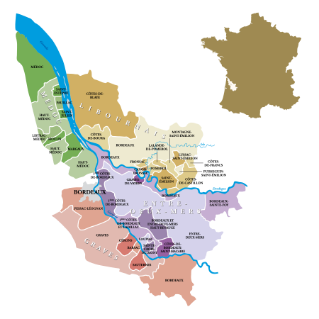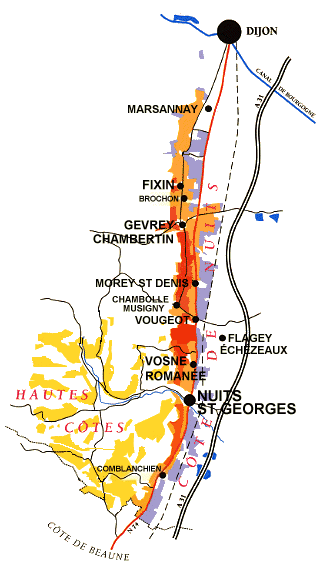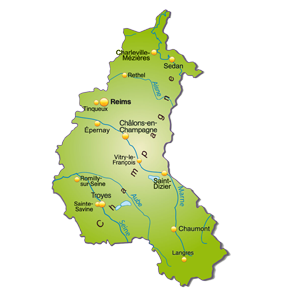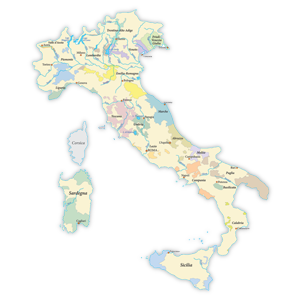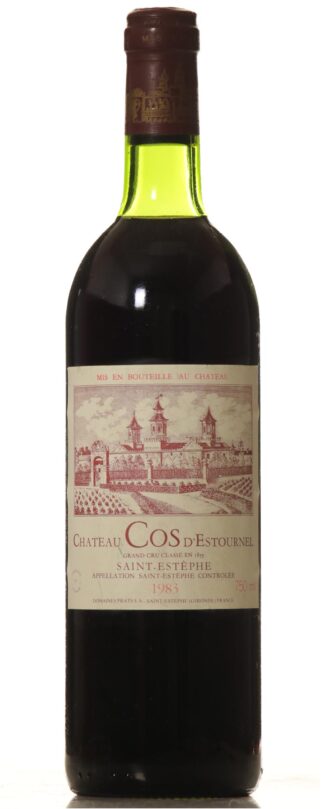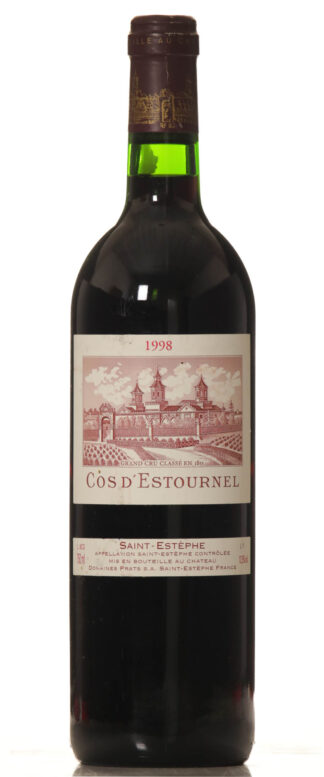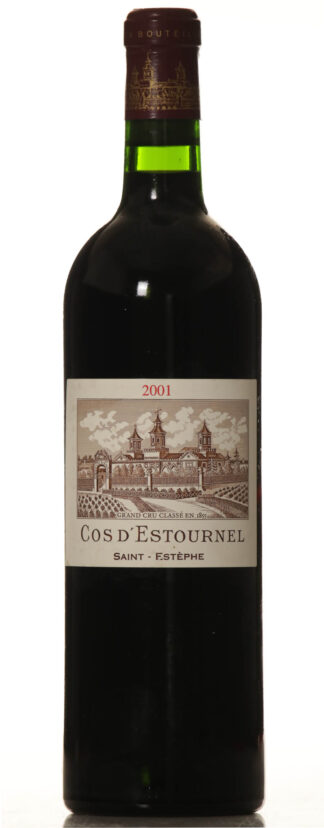
Discover the wines of Château Cos d'Estournel

Hill of pebbles
Château Cos d’Estournel is located in the north of the Medoc, on the outskirts of the village of Saint-Estèphe. The undulating landscape of the terrain served as inspiration for the château’s name. ‘Cos’ originates from the old Gascon dialect, in which it translates as ‘hill of pebbles’.
In total, the estate occupies about 100 hectares, 70 of which are planted with vines. The average vine has an age of 55 years.
The core of the property is gravel, but the soil varies for different types of wines. For instance, in the eastern part of the estate you will find clay-limestone soils for Merlot. On the highest parts of the plateau, Carbernet Sauvignon grows because of the clay-limestone soils and ideal drainage.
Expansion
In 1791, Louis Gaspard d’Estournel inherited Cos d’Estournel and Pomys. Louis was fully convinced of the exceptional quality of the terroir. He therefore put maximum effort into expanding the domain. Thus, it grew from 14 ha to 45 ha, including some of the best plots of the area. He also made numerous technical improvements to the winemaking process. For instance, he experimented with new grape varieties and introduced the use of glass stoppers.
Domaines Reybier
In 2000, the château came into the possession of Michel Reybier. The château’s character and history intrigued him. To this day, he is very attached to the château and is constantly committed to its innovation and renovation. For example, by adding winemaking facilities based entirely on the laws of gravity. Reybier’s passion for the grape vine led him to own several estates outside Bordeaux. His five vineyards make up the Domaines Reybier.

2nd Grand Cru Classé
The grand vin is a blend of Cabernet Sauvignon and Merlot and has a deep, garnet-purple colour. Louis unfortunately did not live to see the qualification of Cos d’Estournel as a Second Growth Estate in 1855. He died two years prior to this.
The château also produces two white wines: Cos d’estournel Blanc and Pagodes de Cos Blanc. Both wines consist of a blend of Sauvignon Blanc and Sémillon.

Marahadja of Saint-Estèphe
Louis was fascinated by the strange and unknown, which led his many travels all the way to Asia. In 1838, British officers already tasted his wines there. India in particular was the château’s inspiration. In the château’s architecture, you can recognise exotic elements. Like the pagodas on the roof. His love for the Far East, together with his eccentric personality, earned him the nickname ‘Marahadja of Saint-Estèphe’.


